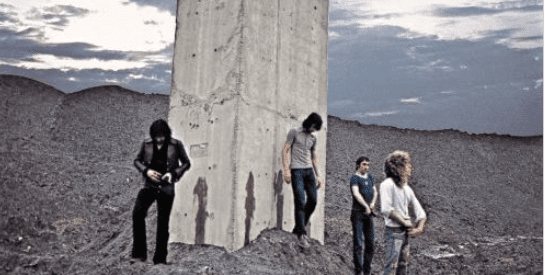
Explanation:
The band was supposed to have urinated against the stone pillar growing out of the slag heap in the cover art for the song "Who's Next," which was photographed close to an English coal mine. It was recognized as one of the top album covers of all time by VH1 in 2003.
Explanation:
For the beautiful album cover of her quirky Icelandic singer Bjork's 1997 release "Homogenic," McQueen outfitted her as a kimono-clad "fighter of love."
Explanation:
The heart-shaped hand grenade was the ideal complement to Green Day's smash hit album "American Idiot," which had a similar theme and vibe.
Explanation:
Nirvana's "Nevermind" album cover, one of the most recognizable ever, ushered in a new musical period and helped the Seattle grunge scene gain international recognition.
Explanation:
Dave Grohl and the Foo Fighters' tribute to the American musical landscape, "Sonic Highways," demonstrates that the craft of cover art is still alive and well in our increasingly digital age.
Explanation:
Legends of prog rock Before concluding with Easter Island heads on "The Division Bell," Pink Floyd delivered other classics like "The Wall" and "The Dark Side of the Moon."
Explanation:
Rage Against the Machine's raw and ferocious debut album perfectly complemented the vivid image from a period of unrest and protest in the 1960s.